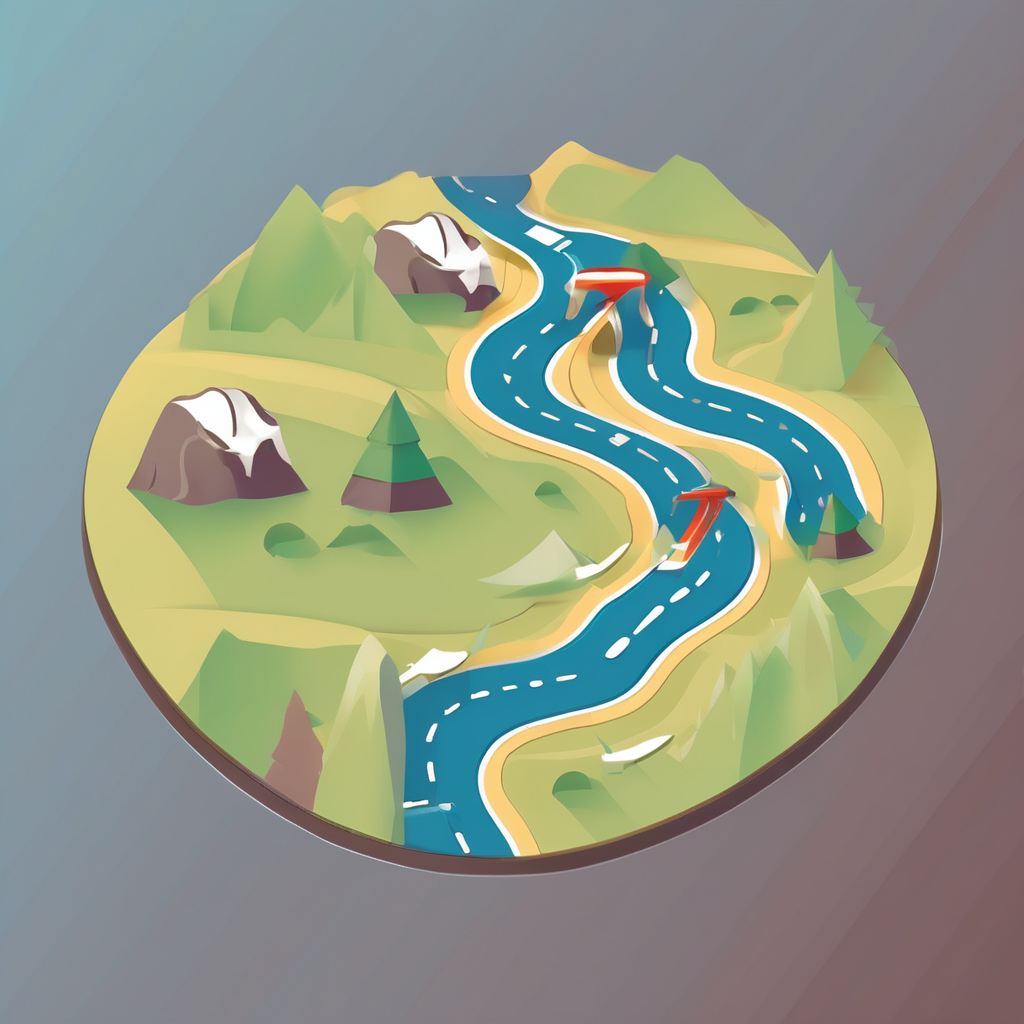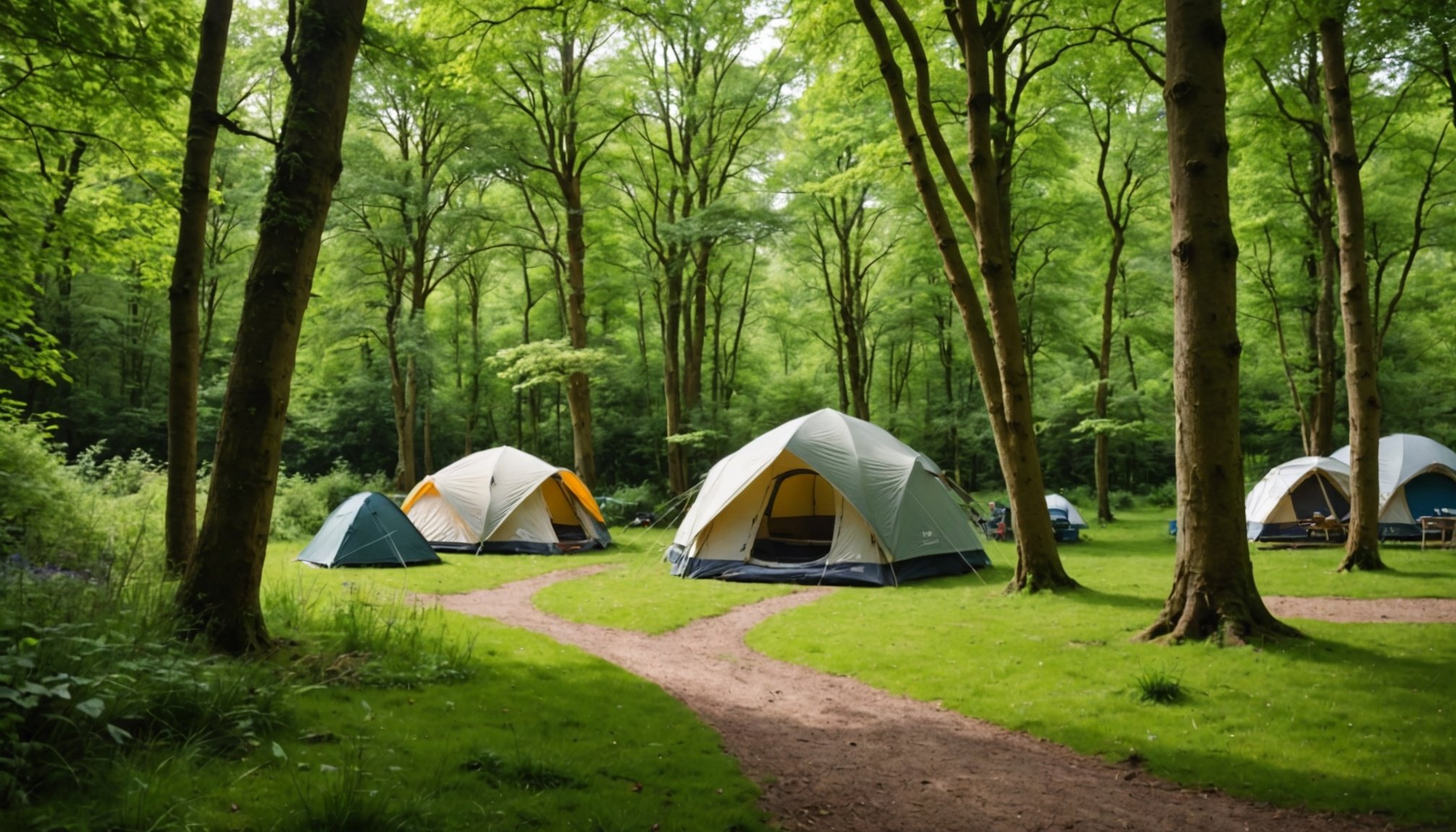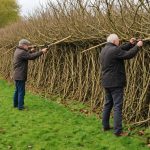Top UK Campsites for Wildlife Encounters
For those seeking a union with nature, UK campsites offer a kaleidoscope of wildlife experiences that promise unforgettable adventures. With diverse landscapes from the rugged Scottish Highlands to the tranquil southern English countryside, there are abundant opportunities for beguiling encounters with local fauna.
Selecting the best nature-focused camping site involves a few key criteria. First, accessibility to varied wildlife experiences is crucial. Look for campsites near national parks or reserves known for rich wildlife diversity. Next, facilities that encourage wildlife interaction, such as guided tours or educational trails, enhance the experience.
In parallel : Discover the Top UK Campsites for Immersive Arts and Crafts Workshops
Some notable regions for wildlife enthusiasts include:
- Scottish Highlands: Known for its majestic deer, golden eagles, and elusive pine marten.
- Norfolk Broads: A haven for bird lovers, home to the rare bittern and marsh harrier.
- Pembrokeshire Coast: Perfect for spotting puffins and seals.
These areas have UK campsites that not only provide accommodation but also integrate with nature camping initiatives, allowing campers to immerse in the wildlife experiences on offer. Remember, responsible camping is essential to preserving these environments for future generations, ensuring that both visitors and wildlife enjoy nature’s bounty harmoniously.
This might interest you : Discover the Top UK Campsites for Savoring Local Food and Drink Festivals
Types of Wildlife to Encounter
Exploring diverse wildlife habitats offers an enriching experience for nature enthusiasts. From dense forests to serene wetlands, each habitat hosts unique wildlife species that captivate observers.
Forests, often lush and plentiful with resources, are home to an array of native animals. In such areas, you might encounter species like the elusive lynx or the majestic red deer. Each species plays a vital role in its environment, contributing to the complex tapestry of forest life.
Wetlands, on the other hand, offer a different spectacle. These areas, frequently teeming with life, support diverse wildlife including amphibians, birds, and many water-loving mammals. Spotting a Eurasian bittern or listening to the croaks of frogs are experiences unique to this habitat.
Coastal areas provide yet another dimension to wildlife observation. The intertidal zones and beach environments house species like seals and diverse seabirds. Migratory patterns often highlight these coastal regions, offering seasonal wildlife observations. For instance, during autumn, many bird species migrate, offering a dynamic wildlife exchange.
Understanding the characteristics of these habitats and the wildlife species they support helps in planning excursions and identifying native animals more effectively, enhancing the overall exploration and appreciation of nature’s diversity.
Campsite Amenities and Facilities
When planning a wild camping adventure, it’s crucial to consider the campsite amenities available. Top wildlife campsites often include essential visitor facilities such as clean restrooms, potable water sources, and fire pits. However, to accommodate the diverse needs of campers, many sites offer additional amenities.
Families and individuals with special needs will find that accessibility is often a priority. Ramps, accessible restrooms, and specially designed camping equipment may be available to ensure everyone can enjoy the natural surroundings comfortably. Furthermore, many campsites provide family-friendly spaces, like playgrounds and open fields, to engage children’s curiosity safely.
A key highlight at many campsites is the availability of guided tours and educational programs. These activities allow visitors to immerse themselves in the local ecosystem, fostering a deeper understanding of surrounding flora and fauna. Whether it’s an interactive workshop or a nighttime guided walk, these experiences enhance the camping trip by connecting visitors with knowledgeable guides.
For a truly enriching camping experience, it’s beneficial to choose a campsite that not only meets basic requirements but also offers a variety of amenities. This ensures comfort, safety, and opportunities for learning while immersed in nature’s wonders.
Tips for Responsible Wildlife Viewing
Embracing responsible wildlife viewing not only transforms your experience but also plays a crucial role in preserving natural habitats. To begin with, it is essential to observe wildlife from a distance that ensures you do not disrupt their natural behaviours. Adopting this practice allows animals to thrive without human interference, which is fundamental to conservation efforts.
Moreover, when engaging in ethical camping, respecting nature is paramount. This involves setting up camp at designated sites and avoiding sensitive areas like breeding grounds or water sources. By doing so, you contribute to maintaining the integrity of these ecosystems.
To minimize human impact further, it is advisable to follow the Leave No Trace principles. This includes packing out all trash, using existing trails to prevent soil erosion, and being mindful of noise levels to avoid stressing wildlife. Keeping these tips in mind ensures your camping trip is both enjoyable and sustainable, facilitating a harmonious balance between humans and nature.
By adhering to these guidelines, you not only protect the beautiful environments you visit but also encourage others to follow suit, creating a more sustainable future for wildlife and their habitats.
Best Seasons for Wildlife Observation
Engaging in wildlife observation is a rewarding experience, particularly when one considers the peak activity periods of various species. Understanding these peak periods ensures richer encounters throughout the year. In spring, warming temperatures and increased daylight often lead to heightened activity in many species, making it an ideal season for vibrant wildlife observation. Spring is a magical time when blossoming plants and warmer temperatures signal various animals to emerge from hibernation or migrate back.
Summer, on the other hand, presents an opportunity to witness the sheer diversity and energy of wildlife. However, remember that hotter temperatures might drive animals to seek shade during the day’s peak, making early mornings or later afternoons the best time for observation. During autumn, migratory patterns intensify as many species prepare for winter. Hence, it’s a great season for observing birds and larger mammals in action.
When planning a camping trip focused on wildlife observation, consider the local climate. Different regions offer distinct seasonal wildlife encounters. Reviewing local guides and seeking local expertise can greatly enhance your experience. By timing your visit with local festivals or events, you may also gain richer cultural insights into the wildlife of the area.
Testimonials and Experiences from Campers
Delve into a world of fascinating camping experiences as shared by fellow campers. The power of camper testimonials is undeniable, offering vivid narratives that not only draw you into their adventure but also enrich our collective understanding of nature.
Take George, for instance, who recounts the eerie yet thrilling encounter with a family of deer at dawn. His testimonial showcases a genuine appreciation for these magical wildlife encounters, leaving a lasting imprint of serenity and unity with the natural world. Eliciting emotions, his story prompts others to seek such experiences, fostering a collective admiration for nature.
Another camper, Jasmine, vividly describes a night under the starlit sky, accompanied by the distant call of an owl. Her narrative is not just about an encounter, but it emphasizes the unique environment each campsite offers. Her testimonial acts as a beacon, illuminating the importance of cherishing and preserving these moments.
Through camper testimonials, not only do we share the excitement of spotting elusive creatures, but we also help ignite a passion for conservation efforts. Sharing these stories plays a crucial role in promoting wildlife appreciation and inspires a deeper connection to the outdoors.
Booking and Practical Information
Booking a campsite can seem daunting, but understanding the registration process is pivotal for a seamless experience. Begin by selecting your preferred destination and campsite bookings can be made online or via phone. Most platforms provide a user-friendly interface guiding you through available dates and additional amenities. Upon selection, input personal details, confirm preferences, and a secure payment finishes the process.
Fees and policies differ significantly among sites. Always check for any additional charges, such as parking fees or equipment rentals. Cancellation policies are also critical; familiarize yourself with deadlines to avoid unnecessary charges. Peak times typically align with holidays and school vacations, calling for early bookings.
Reaching campsites can be straightforward with a few helpful travel tips. Always have a reliable navigation system on hand, and consider the weather impact on travel plans. Knowing local attractions enriches the experience. Whether it’s a nearby hiking trail or a scenic viewpoint, planning your itinerary enables a more fulfilling adventure. Keep an eye out for any regional festivals or markets that might coincide with your visit, offering an immersive glimpse into the local culture and vibrancy.










